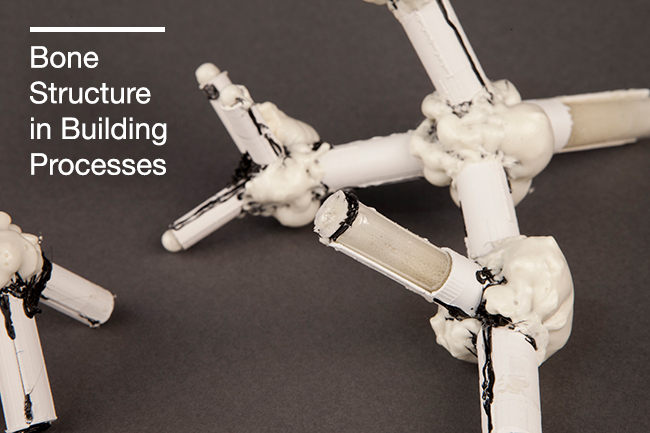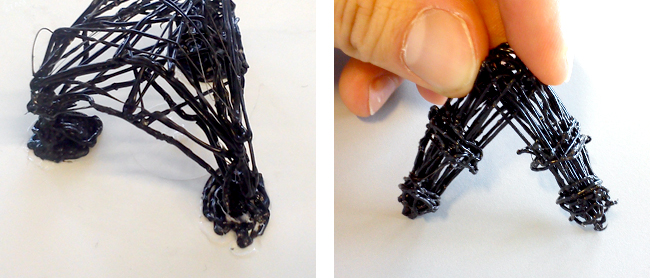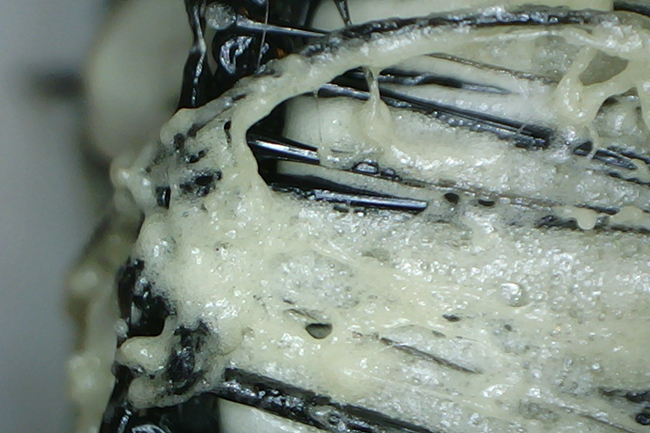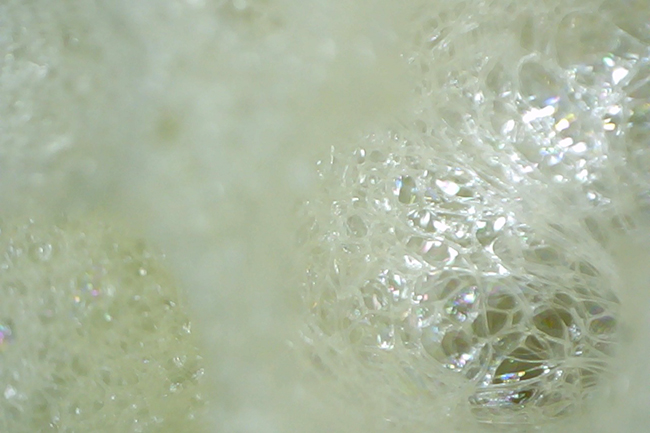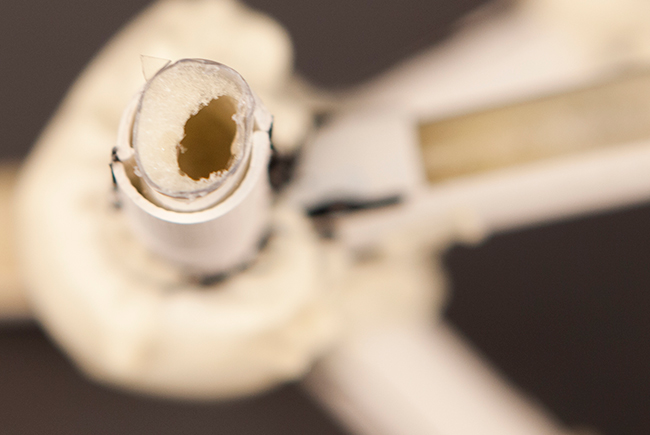19. January 2014
1. Bone and its unique structure
In the context of bone and building processes, two main characteristics of bone stand out. First, bone is light, second it's still very stable and can endure a lot. Therefor I had a look at the macrostructure of bone to see whether I can imitate some patterns and implement them into some own building processes.
 Sources:
1. http://www.medsci.org/v07/p00s1/ijmsv07p00s1g10.jpg
2. http://www.der-mensch.net/wp-content/uploads/2011/09/Knochenaufbau.jpg
3. http://www.hubertus-apotheke-freiburg.de/f/4863s340x255/osteoporose/krankheitsbild/987_sh_Knochenstruktur_quer_z.jpg
4. http://www.blikk.it/angebote/naturinternet/na8015a.jpg
Sources:
1. http://www.medsci.org/v07/p00s1/ijmsv07p00s1g10.jpg
2. http://www.der-mensch.net/wp-content/uploads/2011/09/Knochenaufbau.jpg
3. http://www.hubertus-apotheke-freiburg.de/f/4863s340x255/osteoporose/krankheitsbild/987_sh_Knochenstruktur_quer_z.jpg
4. http://www.blikk.it/angebote/naturinternet/na8015a.jpg
 Sources:
1. http://www.medsci.org/v07/p00s1/ijmsv07p00s1g10.jpg
2. http://www.der-mensch.net/wp-content/uploads/2011/09/Knochenaufbau.jpg
3. http://www.hubertus-apotheke-freiburg.de/f/4863s340x255/osteoporose/krankheitsbild/987_sh_Knochenstruktur_quer_z.jpg
4. http://www.blikk.it/angebote/naturinternet/na8015a.jpg
Sources:
1. http://www.medsci.org/v07/p00s1/ijmsv07p00s1g10.jpg
2. http://www.der-mensch.net/wp-content/uploads/2011/09/Knochenaufbau.jpg
3. http://www.hubertus-apotheke-freiburg.de/f/4863s340x255/osteoporose/krankheitsbild/987_sh_Knochenstruktur_quer_z.jpg
4. http://www.blikk.it/angebote/naturinternet/na8015a.jpg
2. Computational Designs
Some Screenshots from Rhino.
3. First ideas and main concept
First little 3D objects made with the Doodler. I wanted to explore stability in different ways.
At some point the idea came up, to form an outer shell and fill it with foam (similar structure as spongy bone) to stabilize it.
Scribble of the microscopic bone structure and weight distribution within a bone.
A sketch of the final tube like construction.
Image of macrostructure of my artificial bone. Foam stabilizes given shell.
Foam looks very bone alike if cut open.
4. Modelling and Fabrication process
Half tubes, that could be removed should guarantee the final insight into the model and it's foam structure.
Below: some images of the assembling process of my model.
A timelapse video showing the foam filling into the modell and the following expansion of the hardening foam.
5. Final Outcome
The final result can be seen below.
Unfortunately the removal of all tubes cut in half would have destroyed the model. Thus I only cut some 'windows' to see how the foam structure looks like.
Happily it looks very much like the inner of a bone. The important spots (branching points) are stabilized by dense and compact foam, inside the tubes, where less stability is needed, practically no bone is present, resulting in a very lightweight model.
To conclude, one could say, that this kind of approach to achieve a light but still stable construction could work, even in a larger scale.
Applicable in architecture or engineering where the logistics or the transportation are complicated.
